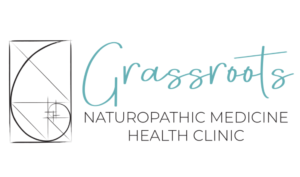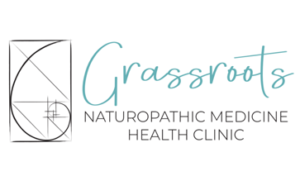Aging is a result of complex interactions between physiology, genetics, behaviour and biochemistry. Together, they can determine how quickly our cells age, through oxidative damage and poor DNA repair. Oxidative stress results from an imbalance between the body’s exposure to free radicals (think toxins) and its ability to neutralize those free radicals (think antioxidants) or to repair the resulting damage to cells and DNA.
We all know that behavioural factors such as consuming alcohol, smoking, physical inactivity and poor diet can speed up the aging process. Similarly, exposure to environmental toxins can increase damage to our cells and DNA, leading to an increase in aging of our bodies. In addition, as we age, the systems involved in DNA repair become less effective.
Measuring Oxidative Stress as it Contributes to Aging
A simple urine test of a marker called 8-hydroxy-2′-Deoxyguanosine (8-OHdG) can provide a quantitative assessment of ongoing oxidative damage or stress in the body. When DNA is damaged by free radicals, 8-OHdG is excreted in the urine upon DNA repair.
Numerous studies have indicated that urinary 8-OHdG is not only a biomarker of generalized, cellular oxidative stress and aging, but might also be a risk factor for cancer, various degenerative diseases, neurological diseases such as Parkinson’s, Alzheimer’s, atherosclerosis and diabetes.
8-OHdG as a Measure of Exposure to Environmental Toxins
8-OHdG has been found to be elevated in urine after exposure to environmental toxins such as indoor radon, asbestos, toxic metals such as lead, mercury and cadmium, and metal fumes such as manganese, chromium and vanadium, diesel exhaust, benzene, styrene, toluene and zylenes.
Lifestyle choices such as smoking and recreational drugs, and some pharmaceuticals have also been associated with elevated urine levels of 8-OHdG.
A finding of an elevated level of 8-OHdG in a first morning urine void warrants further exploration to identify of the sources of oxidative stress in the body.
Antioxidants
Moderately elevated levels of 8-OHdG have been associated with inadequate dietary intake of carotenoids, such as beta-carotene, and antioxidant-rich foods. Antioxidants are molecules that effectively quench free radicals and stop the oxidative damage and aging to our cells. All colourful fruits and vegetables pack a lot of antioxidant power especially dark blue, purple and red fruits and green and orange vegetables. Walnuts, pecans, salmon, legumes and whole grains contain antioxidants. 70% (or more) dark chocolate is a great source of antioxidants, and in moderation can contribute to healthy aging. That just makes me happy! Maintaining a regular intake of these antioxidant-rich foods will help combat the effects of aging.
Highlight on the Antioxidant Glutathione
Glutathione is the most abundant and important intracellular antioxidant. Glutathione removes undesirable pollutants and toxins from the body, making it essential in slowing down the aging process. Low levels of Glutathione cause the body to be less effective at detoxifying heavy metals, chemicals and some drugs. As a result, Glutathione is important for protecting cells and promoting overall health and longevity. Glutathione levels can also be assessed through a simple urine test.
Summary
When 8-OHdG levels are elevated, it is important to identify the sources of oxidative stress. Further testing to see if toxins such as heavy metals are present may be necessary. This test may also prompt a closer look at your dietary and lifestyle habits that might need a tune up.
Taking steps to reduce oxidative stress is a key starting point in optimizing health and in promoting healthy aging.








